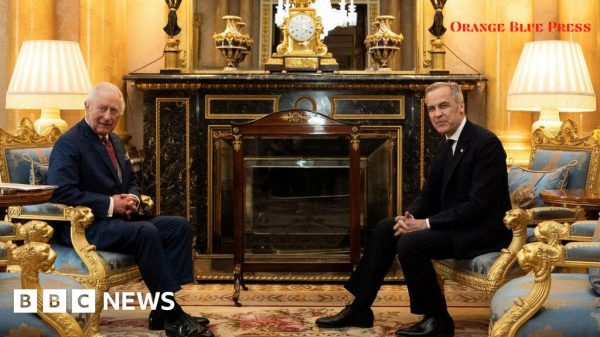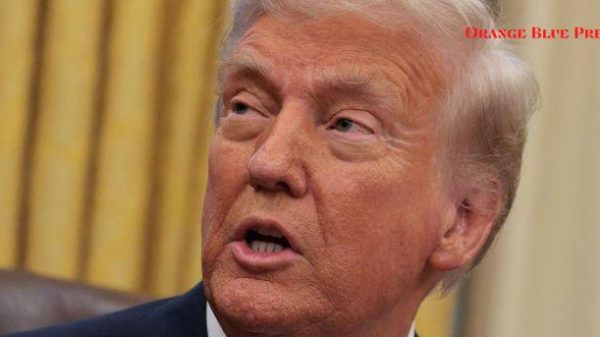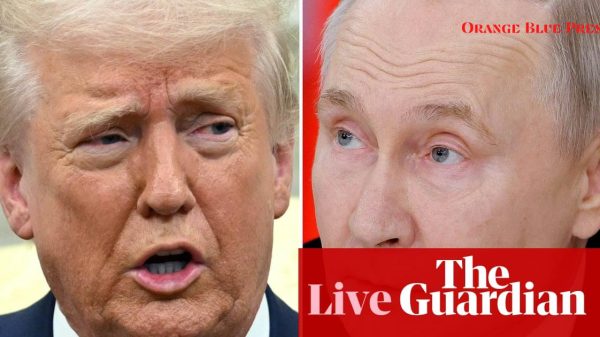The Organisation for Economic Co-operation and Development (OECD) has recently shared some concerning news about the economic future for both the United States and the world. They are predicting a slowdown in growth due to President Trump’s trade policies, particularly his tariffs on imports. This news is especially important for us to understand, as it could affect everything from jobs to the prices we pay for goods. Let’s dive into what this means and why it matters.
What Are Tariffs and Why Do They Matter?
Tariffs are taxes that governments place on goods coming into their country. Imagine if you wanted to buy a toy that’s made in another country, like China. If the U.S. government puts a tariff on that toy, it would cost more money for stores to sell it, meaning you might have to pay a higher price when you want to buy that toy. President Trump has proposed several tariffs on different products, which the OECD says are now impacting the economy.
Economic Growth Projections
According to the OECD, global economic growth is now expected to be lower than previously thought. They revised their growth predictions for 2025 and 2026 after considering the impacts of the tariffs. Here’s a quick look at the new projections:
- Global GDP growth: 3.1% in 2025 and 3.0% in 2026.
- U.S. GDP growth: 2.2% in 2025 and 1.6% in 2026.
These numbers are down from earlier estimates, meaning the experts believe our economies might not grow as quickly as before.
The Ripple Effect on Other Countries
It’s not only the U.S. that is affected; Canada and Mexico are also feeling the impact of these trade policies. The OECD warns that Mexico could even enter a recession due to these tariffs. A recession is when an economy shrinks instead of grows, leading to job losses and lower spending. This type of economic slowdown can create a domino effect, influencing jobs and the availability of products across borders.
Concerns About Rising Costs
Not surprisingly, the new trade barriers are likely to increase inflation. Inflation is when prices go up over time, which means your money doesn’t buy as much as it used to. The OECD says that increased tariffs could slow down global growth and cause prices to rise internationally. A report suggests that a 10% tariff on all U.S. imports could reduce global output by 0.3% within three years. As someone who shops, this might mean more expensive items at the stores.
Global Fragmentation and Its Impacts
The OECD also emphasizes that the ongoing trade wars could lead to more global fragmentation. This means countries might become less connected and work together less than before. The more countries put up barriers to trade, the more difficult it becomes for everyone to share resources, ideas, and products. This trend could lead to a world economy that feels more divided, making it complicated for businesses and consumers alike.
Looking Ahead
As we look to the future, it’s clear that trade policies are creating significant challenges. With the OECD projecting lower growth for the U.S. and other countries, it’s essential for everyone to stay informed about how these changes might affect their lives. Whether it’s finding jobs, prices at the grocery store, or other aspects of daily life, understanding the bigger picture helps us navigate the future.
| Year | Global GDP Growth | U.S. GDP Growth |
|---|---|---|
| 2025 | 3.1% | 2.2% |
| 2026 | 3.0% | 1.6% |
In conclusion, the economic outlook from the OECD may cause us to pause and think about how trade affects our everyday lives. By keeping an eye on global events, we can better understand how these changes may ripple through our communities and economies.




















